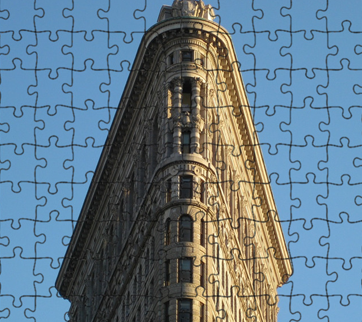Nikolai Potapenkov’s Butler New York Serpentarium is a haunting story that explores issues of immigration, survival, resilience, identity, and the striking differences between old and new cultures. The plot follows Potapenkov’s trip from Ukraine to the bustling, chaotic streets of New York, offering viewers a deep meditation on displacement, cultural adaptation, and the complexity of human connection.
Immigration and the Struggle for Survival
The protagonist’s experience as an immigrant is central to the story. Potapenkov describes his travel from the Ukrainian SSR to New York amid the Soviet Union’s fall. The stark contrast between Kyiv’s gloomy, depressing streets and Brooklyn’s bustling, chaotic ambiance exemplifies the difficulties immigrants confront when adjusting to new situations. His account of arriving in New York exemplifies a recurrent topic among immigrants: the simultaneous exhilaration and anxiety of entering an unknown world. Potapenkov emphasizes the concept of survival as he details his struggles to learn English, adjust to local culture, and traverse a city plagued by crime and inequity.
The book provides an intimate glimpse at the immigrant experience, from the difficulties of establishing a community to the perseverance required to construct a life in a distant land. It emphasizes the resilience required to survive both physically and emotionally in a location where survival can feel like a constant battle.
Cultural Identity and Displacement
Cultural displacement is a prominent issue in Butler’s New York Serpentarium. Potapenkov is divided between his Soviet Union background and the new culture he must adapt to in New York. Throughout the book, he focuses on the dramatic contrast between his life in Ukraine and his new surroundings in America. The cultural diversity of New York, especially in East New York, causes him to confront the ambiguities of identification. Potapenkov frequently feels out of place amid Puerto Rican and African American communities, but he also finds refuge in familiar enclaves like Brighton Beach, popularly known as “Little Odessa,” where he meets Russian immigrants with similar stories of relocation.
This theme resonates with anyone who has experienced the tension between maintaining their cultural heritage while adapting to the demands of a new society. Potapenkov’s reflections on the Ukrainian community in New York and his encounters with older Russian immigrants highlight the deep longing for a homeland that no longer exists.
Resilience in the Face of Hardship
Resilience is a major topic in Potapenkov’s story. Potapenkov’s will to live shines through, whether he’s weathering the harsh living circumstances in East New York, doing hard jobs, or managing the hurdles of his new existence. His story of working long hours in a knitting factory, pushing himself to the limit despite the physical toll, exemplifies the immigrant’s battle to make ends meet while pursuing the American Dream.
The protagonist’s resilience is not limited to physical survival; it also includes emotional and psychological endurance. He comments on the significance of his cultural roots, the support of the local Ukrainian community, and even his time in Soviet Ukraine, which prepared him for the challenges of New York. His narrative demonstrates how people can use their inner strength, fashioned by past experiences, to confront the hard reality of the present.
Transformation and Reinvention
One of the most moving themes in Butler’s New York Serpentarium is change. As Potapenkov deals with the difficulties of living in New York, he goes through a significant personal metamorphosis. He describes the feeling of being able to “reinvent” himself in this new land of opportunity, a concept crucial to the American immigrant myth. His contacts with individuals from various cultures, forays into new vocations, and changing sense of self all add to his path of self-discovery.
This transition does not come without hurdles. Potapenkov discusses how New York’s fast-paced lifestyle compelled him to adapt, sometimes at the expense of his well-being. However, unlike the limits he encountered in Soviet Ukraine, the city allowed him to reimagine his destiny. His transition is a multifaceted process in which he learns to handle his dual identity—half Ukrainian, part New Yorker.
Community and Isolation
Throughout the narrative, Potapenkov explores the themes of community and isolation. While he initially feels isolated in New York, disconnected from both his Ukrainian past and the new world around him, he slowly finds community in unexpected places. His encounters with other immigrants, especially in places like Brighton Beach and the Holy Trinity Church, offer a glimpse into the importance of cultural connection. These communities provide him with a sense of belonging and a reminder of the homeland he has left behind.
However, the book also delves into the feelings of loneliness that often accompany the immigrant experience. Potapenkov’s account of feeling like an outsider in East New York, compounded by the crime and poverty surrounding him, adds depth to his exploration of isolation. The theme of isolation is universal, reminding readers of the emotional toll of displacement and the struggle to find connection in a new world.
Conclusion:
Butler New York Serpentarium provides readers with a very personal and compelling account of the immigrant experience, resilience, and personal transformation. Potapenkov’s honest and often painful insights make this book valuable for individuals interested in the challenges of cultural adaptation, as well as readers looking for encouragement from stories of resilience. Potapenkov weaves together themes of survival, identity, and transformation to create a narrative that connects on a deeply personal level, making it an engaging read for anybody who has ever battled to find their place in the world.

